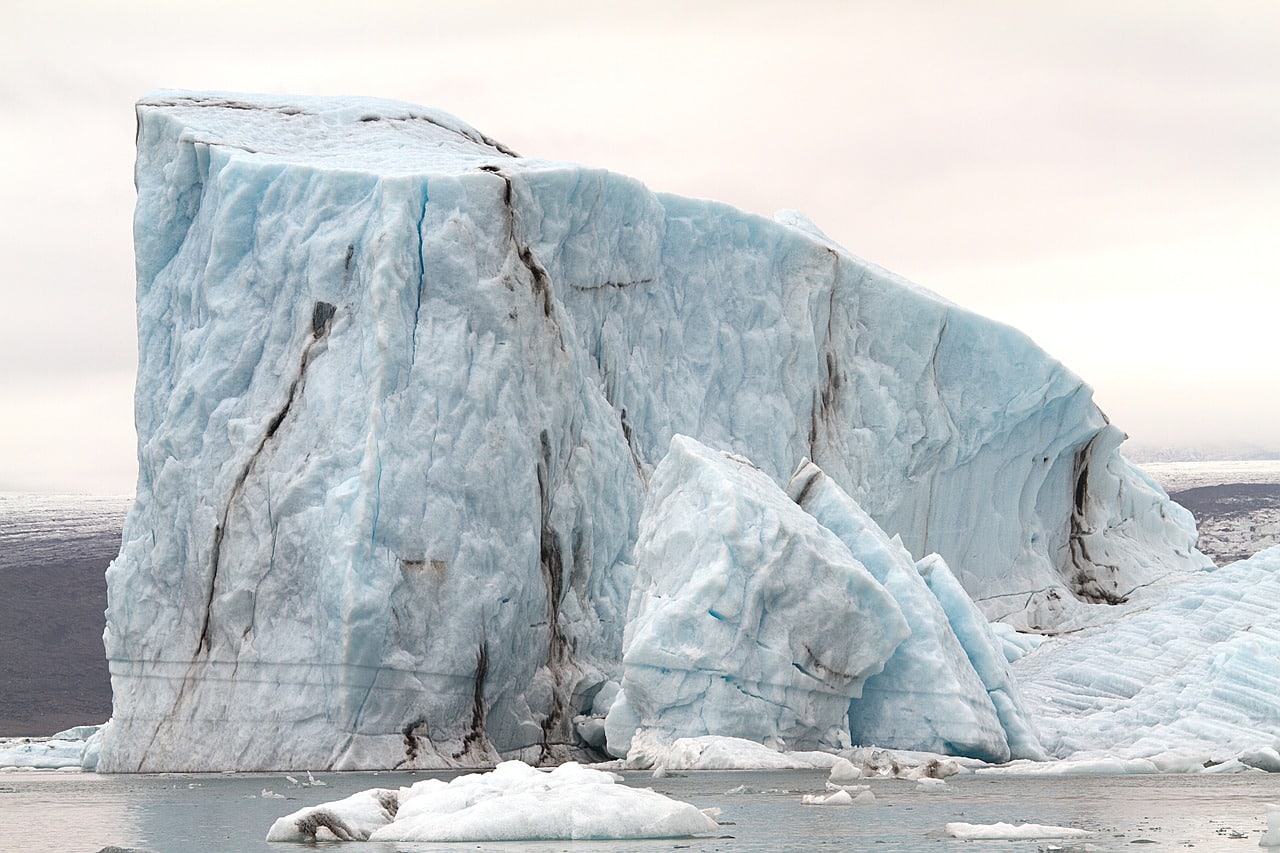Water and oxygen are the only two things that are absolutely necessary for the survival of a human being. A number of countries throughout the world are currently dealing with water scarcity or water shortages, which is a sad indication that a global water catastrophe is on the verge of occurring. This has raised the question of whether or not icebergs may be used as a source of fresh water.
There may be a large amount of water on Earth, but there is not a lot of freshwater available, and of the freshwater that is available, approximately 70 percent of it is frozen in the polar ice caps. Since ice caps give birth to icebergs on a regular basis due to natural processes, it is not unreasonable to speculate that we may be able to obtain freshwater from the icebergs themselves.
Is It Possible to Derive Potable Water from an Iceberg?
The majority of icebergs have dimensions of roughly 915 metres by 450 metres by 180 metres and hold somewhere in the neighbourhood of 90 billion litres of fresh water. Only one iceberg of this size contains enough water to satisfy the requirements for one million people for more than five years. This amount of water is contained in the iceberg.
Therefore, this once more raises the question of whether or not icebergs may be used as a source of fresh water. They could, but in order to do so, they would have to move the ice caps to the locations where the water is required, which presents a number of significant organisational challenges, including the following:
Melting
Melting ice caps is the greatest challenge when it comes to shipping them. If a bare iceberg were to be transported to a location where there is a demand for fresh water, it would melt on the way there regardless of the form of transportation that was utilised.
Because of this, it will be necessary to employ a cover to insulate the ice cap against the outside elements in order to stop the ice cap from melting and to collect any water that is released from the ice cap. This would require an enormous quantity of material, and regardless of the type of material that was used, there is always the possibility that it would tear as it was being transported.
Draft
The vertical distance that separates an iceberg’s waterline from its base is known as its draught. Icebergs tend to have a steep draught.
[Source: Environment Canada]
Because practically all of an iceberg is hidden beneath the surface of the ocean, the expression “tip of the iceberg” is thought to have originated from this observation. Due to the fact that the majority of a huge iceberg will be submerged up to a few hundred metres, it will be impossible to move the iceberg any closer to land unless it is first allowed to melt and then the melted water is pumped inland. One more time, this indicates that some kind of wrapping is required.
Mine the icebergs where they are located in the Arctic and fill super tankers with the ice shavings. The ice shavings would melt during the trip, and the fresh water could be pumped out where it is required. This would be one solution to the question, “Can Icebergs Be Used to Source Fresh Water?”
Living-Water offers water coolers for rental in London in addition to selling water coolers online. You may get water delivered to your home or office in London, as well as accessories like water coolers.






